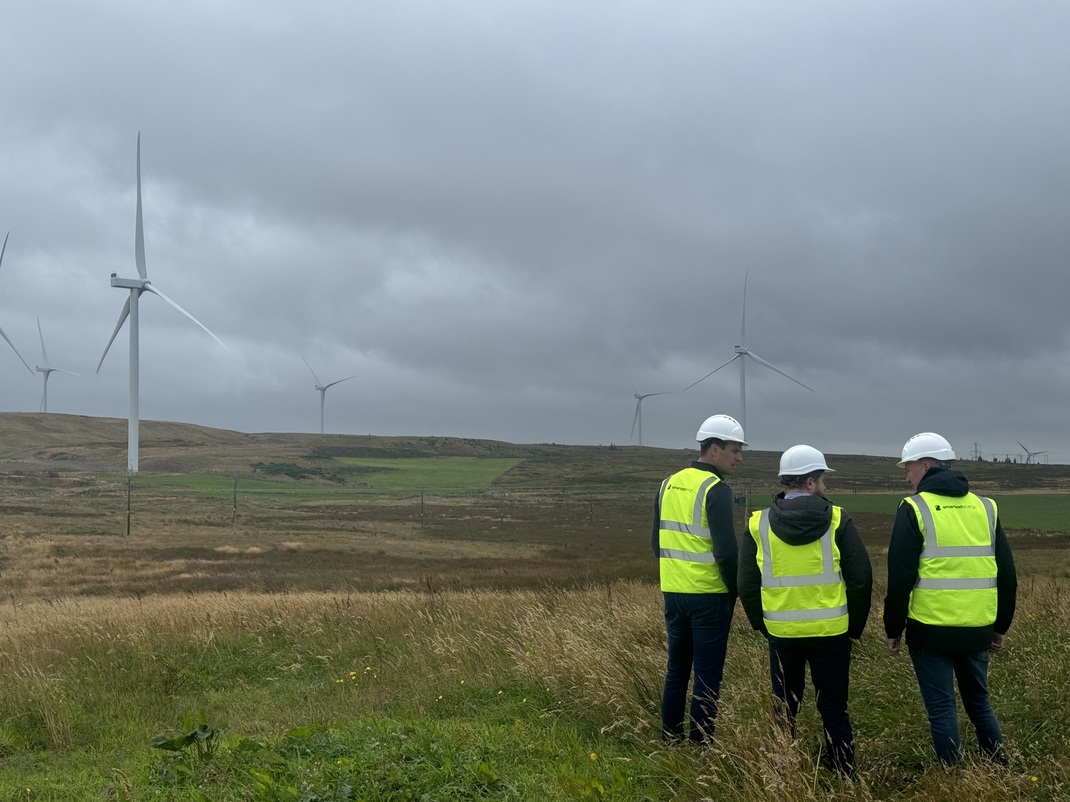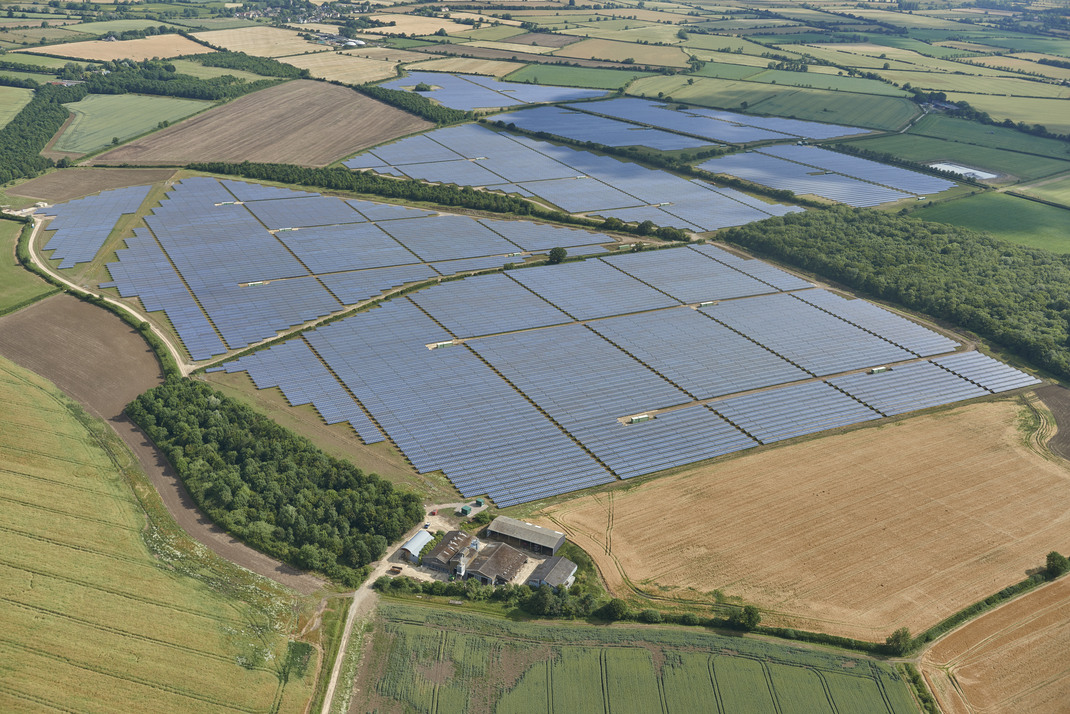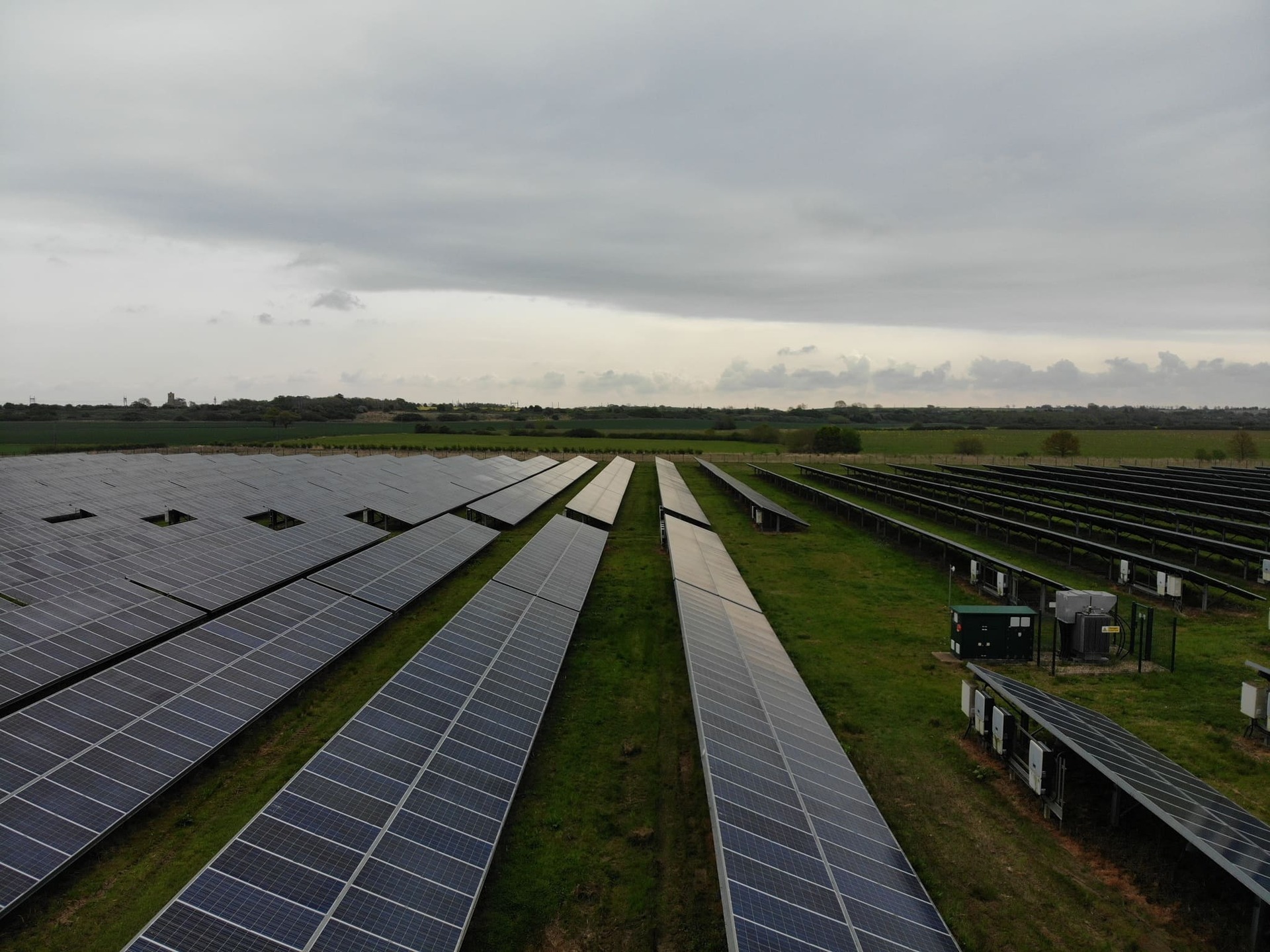We offer independent generators a competitive route to market with our various Power Purchase Agreements (PPAs) suitable for renewable and flexible assets. Take advantage of our trading expertise spanning 20 years and find out how we can help you maximise your assets’ potential.
We’re supporting the new power generation
Whether you’re looking for fixed, flexible, corporate sleeves or CfDs, we can provide you with a Power Purchase Agreement (PPA) that matches your needs. We work in partnership with our generators to provide the knowledge, insight and technology to help them manage risk and enhance their ability to sell power.
CfD PPAs
For large generators with government backed CfD arrangements looking to secure a bankable route to market.
Find out moreWhat’s the offer?
Our Contract for Difference Power Purchase Agreements (CfD PPAs) align with the commercial terms of your CfD commitment, providing you with a viable route to market and a bankable partner.

Who’s it for?
This type of contract is for large generators with government backed Contract for Difference (CfD) arrangements looking for a route to market.
Why choose SmartestEnergy?
With a flexible framework, we’ll create a bespoke PPA that suits your needs. We will support you through the whole process from Commercial Operations Date through to the CfD commencement date and you’ll be paid at a market index by us for the electricity you produce over a 15-year period.
Flexible PPAs
Sell your power across multiple transactions to achieve a market reflective price.
Explore our flexible optionsWhat's the offer?
Our Flexible Power Purchase Agreements (PPAs) allow you to sell your power across multiple transactions to achieve a market reflective price and maximise your generation assets revenue.

Who's it for?
These types of contracts are best suited to generators looking to take on a more hands on approach by managing their assets flexibility, with a range of options available suited to your risk tolerance and management preferences.
Why choose SmartestEnergy?
By interacting with market dynamics, you can maximise your generation revenue and sell your power in monthly or seasonal blocks with our Flexible and Index PPA options. Our online portals make this possible, with access to live pricing and position management reporting, and we take on any imbalance risk, so you’ll be paid as produced.
With our Energy Trading Services Agreement (ETSA), you can manage your positions from forward seasons down to intraday, allowing you to have full control over your market exposure and imbalance.
Fixed PPAs
Get certainty over what you’ll make for your power for 1-3 years or even longer.
Explore our fixed optionsWhat’s the offer?
Our fixed and framework Power Purchase Agreements protect you from market volatility, giving you more certainty over power revenues in a rapidly changing energy market.

Who’s it for?
These types of contracts are best suited to generators looking for stability and predictable income, with protection from market volatility.
Why choose SmartestEnergy?
We’ll pay you a fixed rate for your whole contract with a Fixed PPA, or you can set periods of fixed pricing with our Framework option and take advantage of the market movements. You’ll also have access to our online portal, to keep you up to speed with market movements.
Corporate PPAs
Sign a contract direct with a high-quality large energy consumer to supply energy for the long term. Talk to us to find out more.
Find out moreWhat’s the offer?
Sign a Corporate Power Purchase Agreement (CPPA) with a high-quality large energy consumer to supply energy for the long term.

Who’s it for?
A CPPA is best suited to generators with corporate commitments looking to sleeve volume by partnering with a corporate organisation.
Why choose SmartestEnergy?
We can help connect you with appropriate businesses, so you can sleeve your volume, and help enable them to accelerate their net zero journey. And, by selling your power direct, you’re protected from wholesale market volatility.
Choosing the right PPA
We understand choosing the right Power Purchase Agreement for your renewable energy generation asset can be challenging, so watch our short video, showcasing a variety of options to help you navigate the process.
Our impact




Powering communities through wind
The CfD awarded onshore wind project uses the wind to power approximately 36,900 homes every year with clean, green electricity.
Read the storyUtilising Solar energy for a sustainable future
The 23-site portfolio boasts a capacity of 425MW, driving the a mission to create a resilient, decarbonised world.
Read the storyHarnessing the ebb and flow of the Shetland Islands’ tides
A tidal array generating 6MW is electrifying an island community, including the world’s first tide-powered EV charger.
Read the storyStrengthening the UK's renewable energy supply
Our partnership with Blackfinch Energy supports continued investment in renewable energy projects, paving the way for a faster transition to clean energy.
Read the storyWhat our customers say about us
Frequently Asked Questions
What is a Power Purchase Agreement?
A Power Purchase Agreement (PPA) is a long-term contract, typically from 1-15 years, that guarantees we will buy your renewable electricity. They set the amount of power we’ll buy and the price you’ll be paid for it. Our PPAs give generators a competitive route to market and can be tailored to suit your specific risk tolerance and management preferences.
How much energy do I have to generate to supply SmartestEnergy?
To supply energy to SmartestEnergy, your generation capacity needs to exceed 1 GWh per year. If your generation asset meets this minimum threshold, we’d like to work with you. Please get in touch to discuss your options.
What is the process to set up a Power Purchase Agreement?
To sign a PPA with SmartestEnergy, you need to get in touch with our team of Business Development Managers and provide details of your asset. From there we can work closely with you to establish most appropriate product that suits your needs.
How will I be supported throughout my contract?
At SmartestEnergy, we take pride in our Account Management services. Each customer is assigned a dedicated team focused on meeting your needs and proactively managing your energy contracts, so you can concentrate on your core business. Your Account Management Team includes an Account Manager and a dedicated Customer Service team, both committed to providing you with ongoing support.
Contact us to secure your route to market
Find out more about our PPA contracts and unlock your asset's potential.
Large business
If you're a generator or a commercial and industial (C&I) business, you're in the right place.
Am I a large business?
- 300,000 kWh+ annual volume
- £50k+ annual spend
Existing large business customer?
Small business
If you're a micro or smaller business you should visit our SmartestEnergy Business website.
Am I a small business?
- < 300,000 kWh annual volume
- < £50k annual spend
Existing small business customer?









